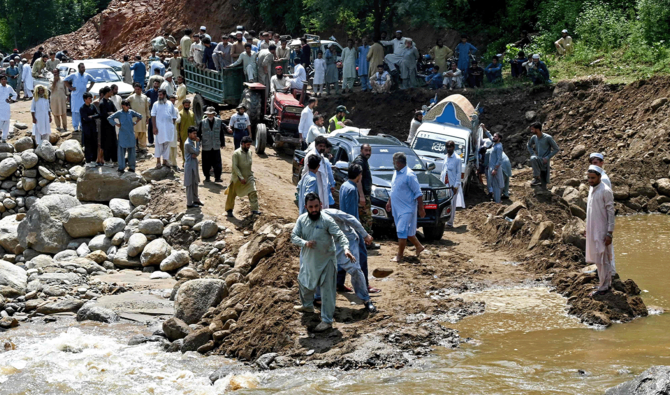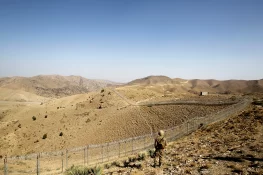Rising Death Toll Across the Country
Islamabad — The death toll from ongoing monsoon rains, flash floods, and landslides in Pakistan has risen to 657, according to the National Disaster Management Authority (NDMA). More than 920 people have been injured since late June, when the seasonal rains began.
The NDMA report revealed that the victims include 171 children, 94 women, and 392 men. Many casualties occurred as homes collapsed, riverbanks overflowed, and mudslides buried entire communities.
Worst-Hit Regions
Khyber Pakhtunkhwa province has borne the heaviest losses, with 373 deaths recorded so far. Punjab has reported 164 fatalities, while Sindh has confirmed 28. In Balochistan, 20 people have died, while Gilgit-Baltistan has reported 32 and Azad Jammu and Kashmir 15. In the federal capital Islamabad, at least eight people have lost their lives.
Officials fear the figures could rise further, as rescue teams continue searching for missing people in remote and mountainous areas.
Search and Rescue Operations
Rescue and relief teams remain deployed in flood-affected regions. Boats, helicopters, and ground teams are being used to evacuate stranded families and deliver food, clean water, and medical aid. The NDMA said operations were especially challenging in areas cut off by landslides or damaged roads.
Authorities have urged people living in low-lying areas to move to safer ground, warning that Pakistan is on alert as heavy rains raise flood risk, with further downpours expected in the coming days. Temporary shelters have been set up in schools and public buildings to accommodate displaced families.
Seasonal Rains and Vulnerability
Monsoon rains, which typically last from June to September, are vital for Pakistan’s agriculture but also bring destruction every year. Poor urban planning, deforestation, and inadequate drainage systems often worsen the impact of seasonal downpours.
In recent years, Pakistan has witnessed increasingly erratic rainfall patterns, which experts link to climate change. In 2022, catastrophic floods submerged one-third of the country, killed more than 1,700 people, and displaced around 33 million others. The World Bank estimated damages and economic losses from that disaster at over $30 billion.
Humanitarian Concerns
Beyond the immediate fatalities, health officials warn of secondary crises, such as outbreaks of waterborne diseases, including cholera and dengue fever, due to stagnant floodwaters. Damaged infrastructure has also limited access to hospitals and clinics, leaving many injured without adequate care.
Aid agencies have appealed for urgent support to provide clean drinking water, tents, and essential supplies to survivors. Children and women, who make up a significant portion of the casualties, remain particularly vulnerable in the aftermath.
Government Response and Warnings
The NDMA said it is coordinating with provincial disaster authorities to monitor rivers, dams, and weather forecasts. Local administrations have been tasked with reinforcing embankments and clearing blocked drains.
Officials have called on the public to remain vigilant, avoid unnecessary travel, and comply with evacuation orders in high-risk zones.
As rains continue, Pakistan faces the dual challenge of providing emergency relief to victims while preparing for more potential flooding in the weeks ahead.














